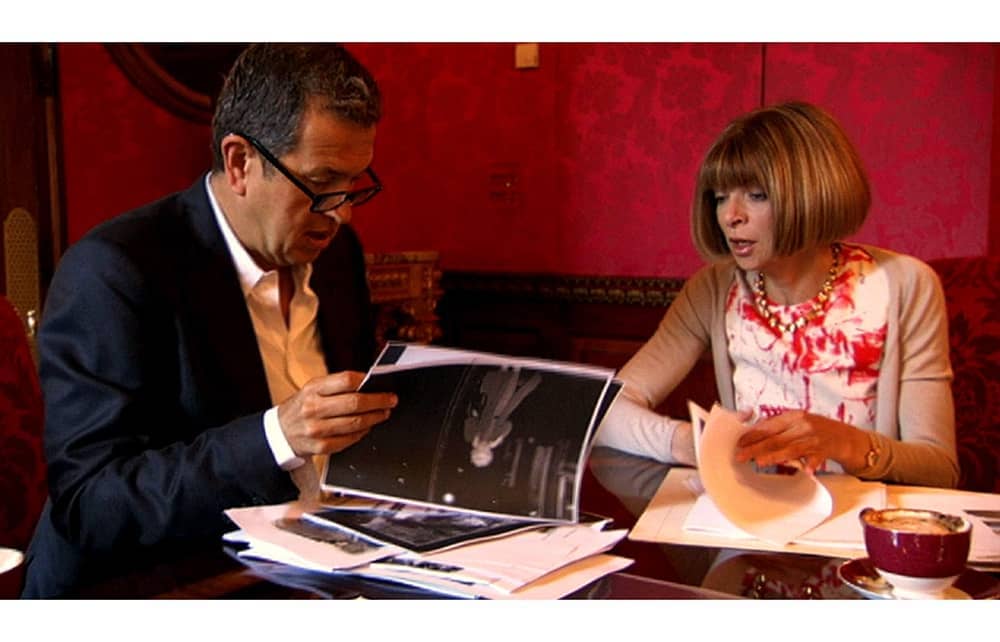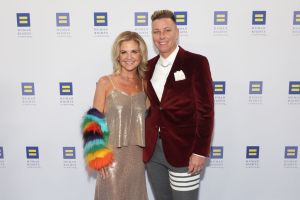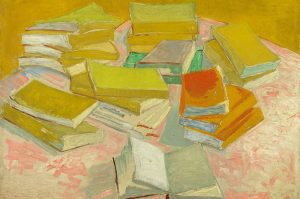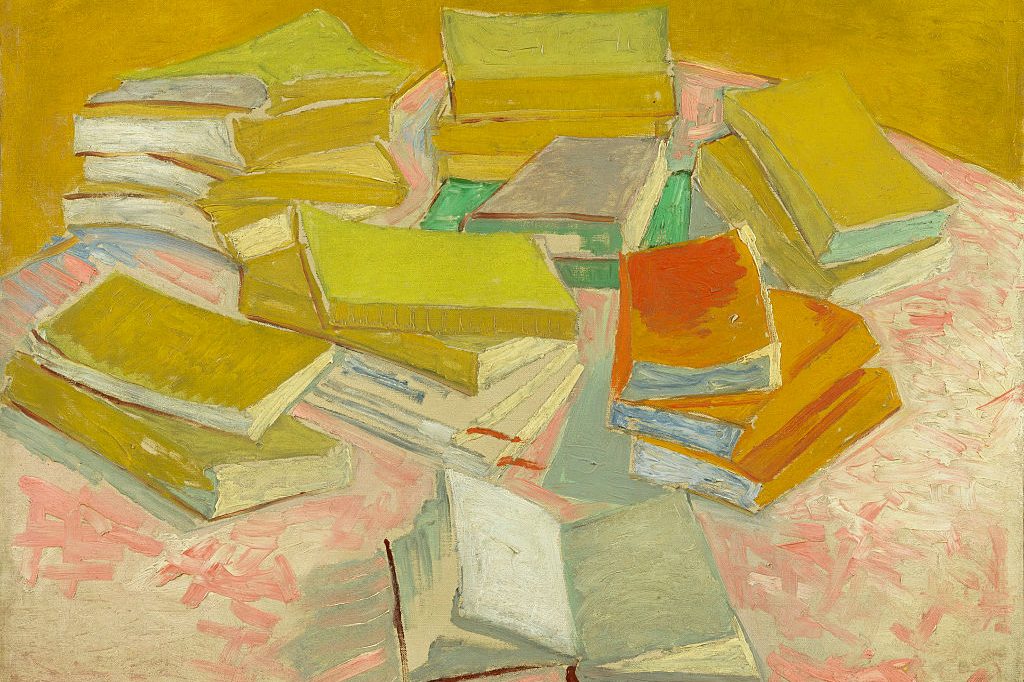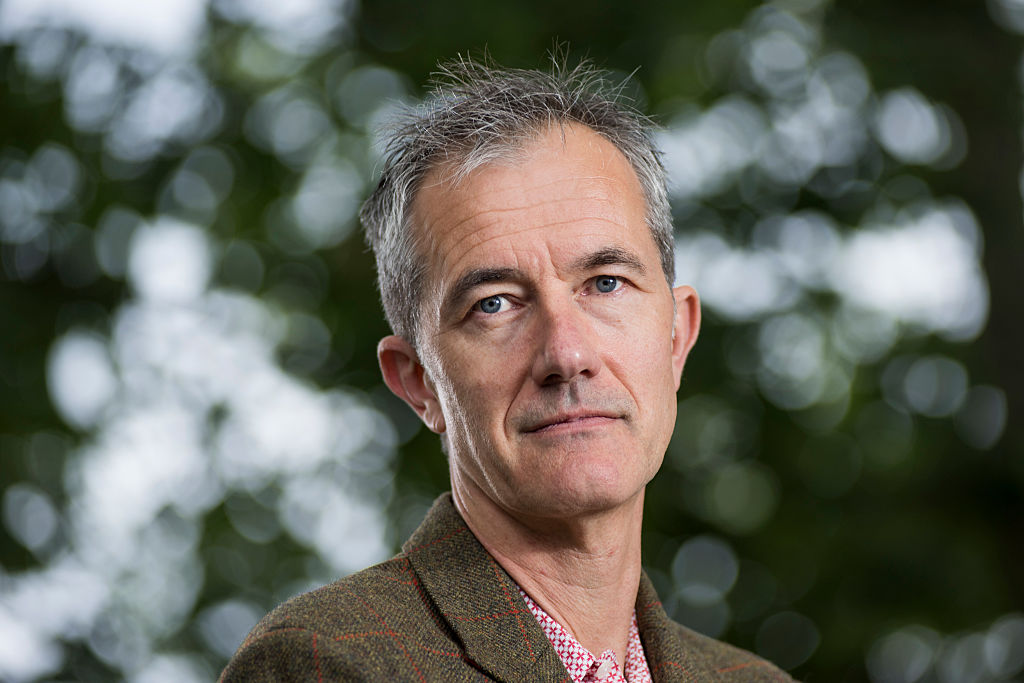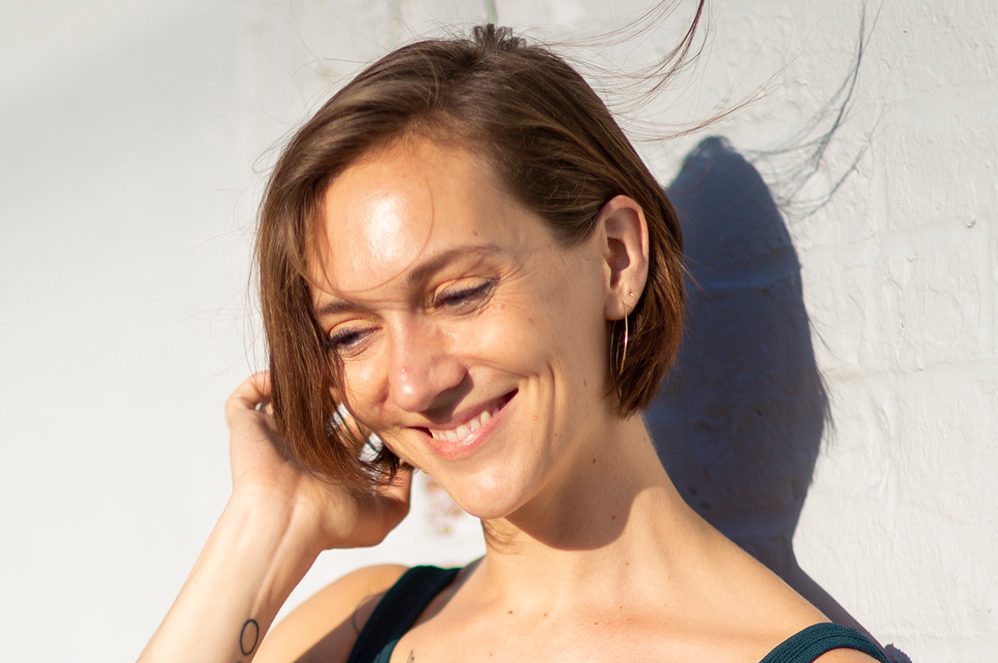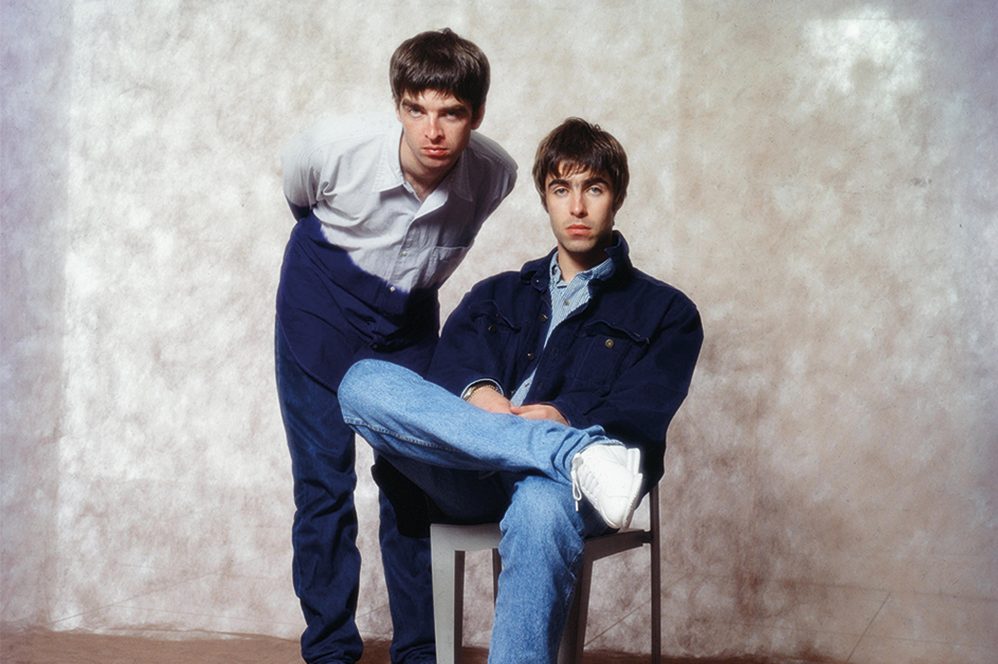Apparently Anna Wintour wants to be seen as human, and Amy Odell’s biography goes some way to helping her achieve that aim. Nearly all the photographs show her smiling, looking friendly, even girlish. And the text quite often mentions her crying. On November 9, 2016 she cried in front of her entire staff because Hillary Clinton lost the election. But then she immediately set about trying to persuade Melania Trump to do a Vogue shoot. Melania, another tough cookie, refused unless she was guaranteed the cover.
Dame Anna has been the editor of Vogue since 1988 and holds a position of extraordinary power in the fashion world. Designers, photographers, models and celebs tremble to obey her whim. At seventy-two, she now seems impregnable, in that she is the creative director of all Condé Nast magazines, from Vogue down to Golf Digest and Wired. But of course this is a print empire, which means she could be the last empress.
We know Wintour best from The Devil Wears Prada, the 2006 film based on a novel by her former assistant Lauren Weisberger. Everything in Odell’s biography confirms its accuracy — the relentless perfectionism, the exhausting work routine, up at 5 a.m., tennis or workout, followed by half an hour of hair and makeup before entering the office, where assistants wait to hand her coffee, then a day of back-to-back meetings. Everything is work. She doesn’t believe in wasting time, so no small talk, no pleasantries, no explanations. And she will get up from lunch after forty-five minutes, whether or not her guests are still eating.
Like her father, “Chilly Charlie” Wintour, the editor of the London Evening Standard, she relies on the intimidating power of silence. He gave me my first job in journalism and I still remember the fear he induced. You could suggest an idea and he would just sit there. Maybe he hadn’t heard? Maybe you should repeat it? Or was the idea too contemptible to discuss? Anna’s the same. She will look through a photographer’s portfolio, then close it and say: ‘Thank you.’ Why sugar the pill?
Her four siblings all went to university, but she left school at sixteen, wanting to work in fashion. She was a shop assistant at Biba and Harrods before getting a job as fashion assistant at Harpers & Queen, where she says she learned “everything.” She lived in the basement of her parents’ house and had many, many boyfriends. One of them was Richard Neville, the editor of Oz, but Charles Wintour got rid of him by commissioning him to cover the American elections and Anna never saw him again.
When Min Hogg was appointed fashion editor of Harpers & Queen, Anna resigned and went to New York. She had an American passport, thanks to her mother, and took a succession of jobs at Harpers Bazaar, Viva and New York magazine. Grace Mirabella, the editor of Vogue, spotted her and asked what job she would like and she said “Yours.” She didn’t get it then — but Si Newhouse, the owner of Condé Nast, created a new position for her as “creative director,” and she and Mirabella worked together for three years with ‘respectful professionalism’ until she replaced Mirabella in l988.
When she went to Vogue she was married to a child psychiatrist called David Shaffer. He wasn’t particularly handsome, in fact he was slightly hunchbacked, but he was thoughtful, and supportive of her career. Some of Wintour’s staff considered him her Svengali because she always showed him articles. They had two children together, but then she fell for the Texan telecom millionaire Shelby Bryan, who was much more of an extrovert, though many at Vogue thought him crass. She divorced Shaffer and married Bryan in 2004, but they have not been seen together since 2013, when he ran into difficulties with the taxman. According to gossip columns, her latest companion is the actor Bill Nighy, but Odell doesn’t mention this.
Wintour likes to believe that she is a daring and innovative editor, because she has done “controversial” things like putting the Kardashians on the cover. She also went on wearing fur, and featuring it in Vogue, even when there were Peta demonstrations outside the office and graffiti on her house. One day, when she was having lunch at the Four Seasons, a well-dressed woman came up to her table and dumped a dead raccoon on her plate. She didn’t finally give up wearing fur until 2018 — and then she wore feathers to the Met Gala instead. Odell argues that Wintour’s greatest strength — her decisiveness — is also her greatest weakness, because it makes her slow to adapt to changing social moods. She took a long time to embrace diversity, and didn’t use a black photographer for a cover shoot until 2018, and only then because Beyoncé insisted.
Odell’s book is even-handed and well researched, based on interviews with 250 sources. But not, alas, Anna Wintour, who ‘respectfully declined’ to co-operate. And there’s no mention of the 2016 Netflix documentary The First Monday in May, which brilliantly exposed the sheer silliness and self-importance of Wintour’s beloved Met Gala. Odell’s Anna is a credible portrait, but not nearly as much fun as The Devil Wears Prada.
This article was originally published in The Spectator’s UK magazine. Subscribe to the World edition here.



